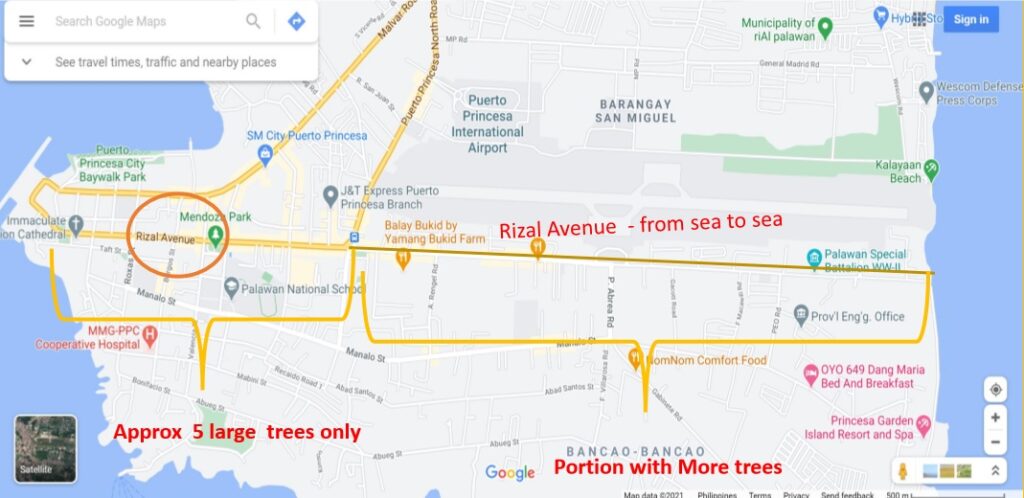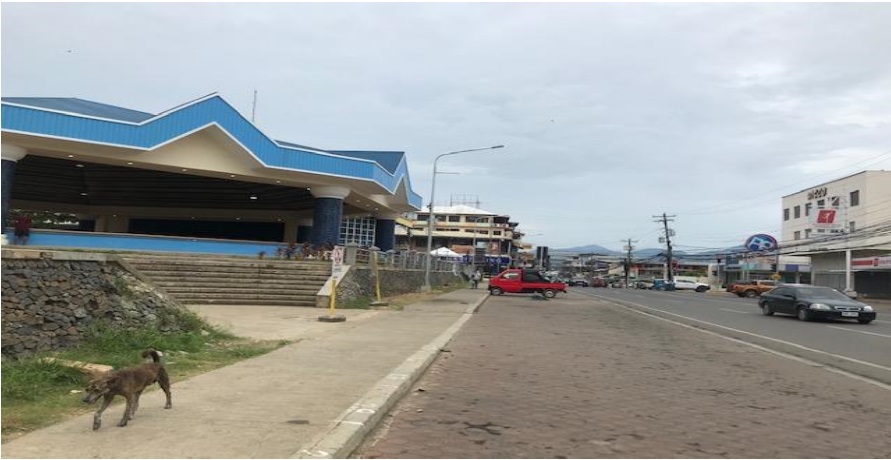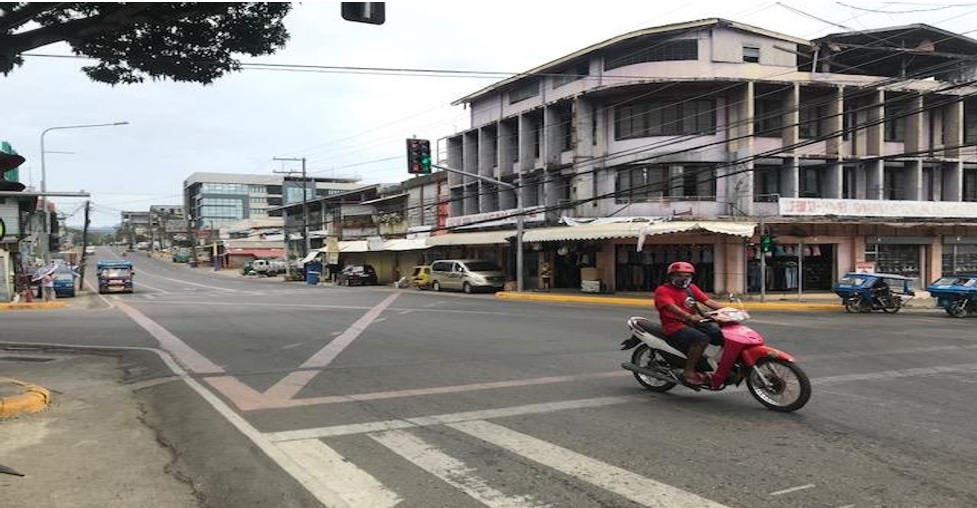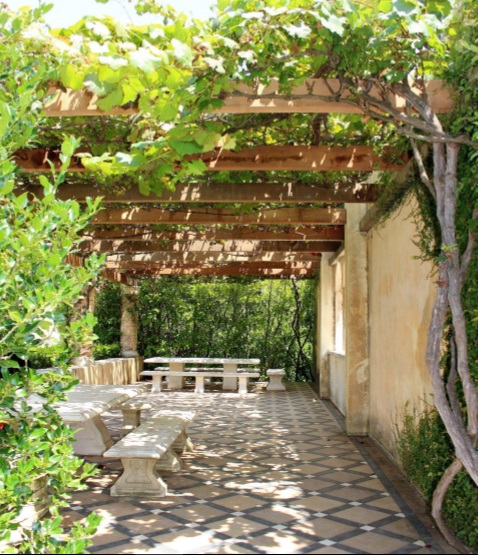
Puerto Princesa City (https://puertoprincesa.ph/?q=articles/city-forest) is sometimes referred to as the city in the forest. While it is true that compared to other cities, is has a high proportion of forests, the reality is that the central business district (CBD) has embarrassingly, a very limited number of trees.
Rizal Avenue, the main “downtown “street for instance has very few standing trees (maybe less than 10). Most trees have given way to road expansion and parking space. As the buildings are not high and without the tree arbor, there is practically no shade in probably in 95% of the street .Negotiating the avenue directly under the unforgiving heat is an agony for pedestrians, especially those who do not have aircon vehicles. Climate change is worsening this.
Ideas that inspired us
- This situation is particularly true to at least half of the avenue that starts at the Capitol towards the Cathedral and city port. The same situation also describes the city/s portion of the national highway although to a lesser degree.
- This situation does not lend to the supposed character of the city as a very green Philippine city. We need to re imagine Rizal Avenue as a reflection of the environmental distinction of the City of Puerto Princesa and the nature-loving character of its people.
- Tree canopies/arbor need to be restored.
- At the same time, in the spirit of promoting Palawan’s biodiversity and natural heritage conservation, the growing of Philippine native trees on Rizal Avenue should be the defining element of this initiative.
Remarkable Community
Puerto Princesa City, Palawan
Catalytic projects that helped model the way
- City government, barangay councils affected and relevant government agencies to adopt this program; enable the adjustments in city infrastructure (e.g., holes on concrete parking spaces) and cover maintenance cost.
- Volunteer business efforts to grow and maintain small to medium native trees on frontage as well as on hanging gardens.
- Government and Volunteer technical and scientific groups to recommend the appropriate species and maintenance practices.
- Volunteer citizen groups like the PNTE to assemble and make available, start up planting materials and their establishment.
- Educational institutions and Media as well as the Church and other religious denominations to create awareness and motivate the youth and city residents as a whole to contribute to the effort.
Key Features












examples of hanging garden





Personal Insights
- Although most of the street cover is already in concrete and there is probably only 10-15% bare soil left in the portion between Capital and City Pier, there are still many ways to overcome this and could include the following options and their combinations:
- prevent remaining large trees (acacias) near the streets from being cut.
- grow medium to large sized native trees in remaining small pockets of bare soil in public and spaces and government lots (such as in the frontage of Mendoza park and PSU vacant lot (corner Rizal and Mendoza).
- establish “hanging gardens “ on the concrete alleys using native vine trees.
- establish hanging gardens on the frontage of building.
- permanent concrete plant containers for small trees on the frontage of business establishments.
- establishing medium sized trees on small diameter holes on public parking spaces.
Leave a reply